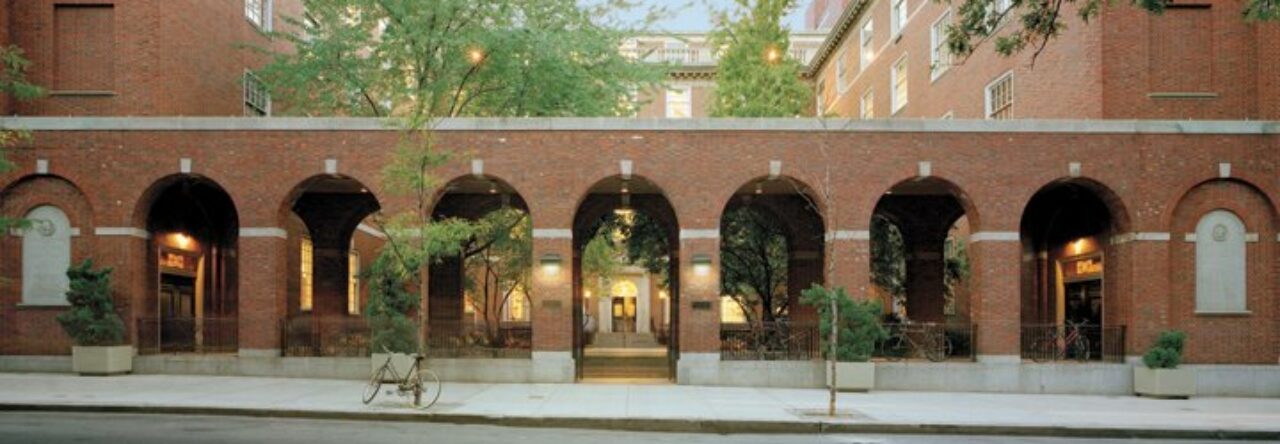by Galia Pino*
The Supreme Court has long maintained that students have a First Amendment right to speech and, relatedly, the freedom to receive information in K-12 public school classrooms. Despite public officials’ attempts to ban critical race education in classrooms, these fundamental rights cannot be infringed upon absent a legitimate pedagogical concern. Even though Critical Race Theory (CRT) originates in the legal academy, state legislation purporting to ban CRT actually censors K-12 education on racial injustice, historical oppression, the American slavery system, and more. While communities have mounted challenges to these laws on a variety of grounds, including vagueness, incorrect identification of CRT, and speech rights of educators, this Contribution argues that the bans infringe on students’ First Amendment rights. It first outlines the framework of First Amendment rights in public school classrooms and assesses how state actors may reasonably restrict speech there. It focuses on the pedagogical concerns courts have deemed legitimate enough to constitutionally limit First Amendment rights, highlighting how political ideology or partisanship are not appropriate justifications. It then applies that framework to selected state laws banning CRT and demonstrates that neither the topics those bans purport to cover, nor the actual curricula they target, can be properly limited based on a theory of legitimate pedagogical concern. Therefore, this Contribution argues that bans on CRT—even as it is defined by recent state laws—censor students’ right to speech and violate their right to receive information.
